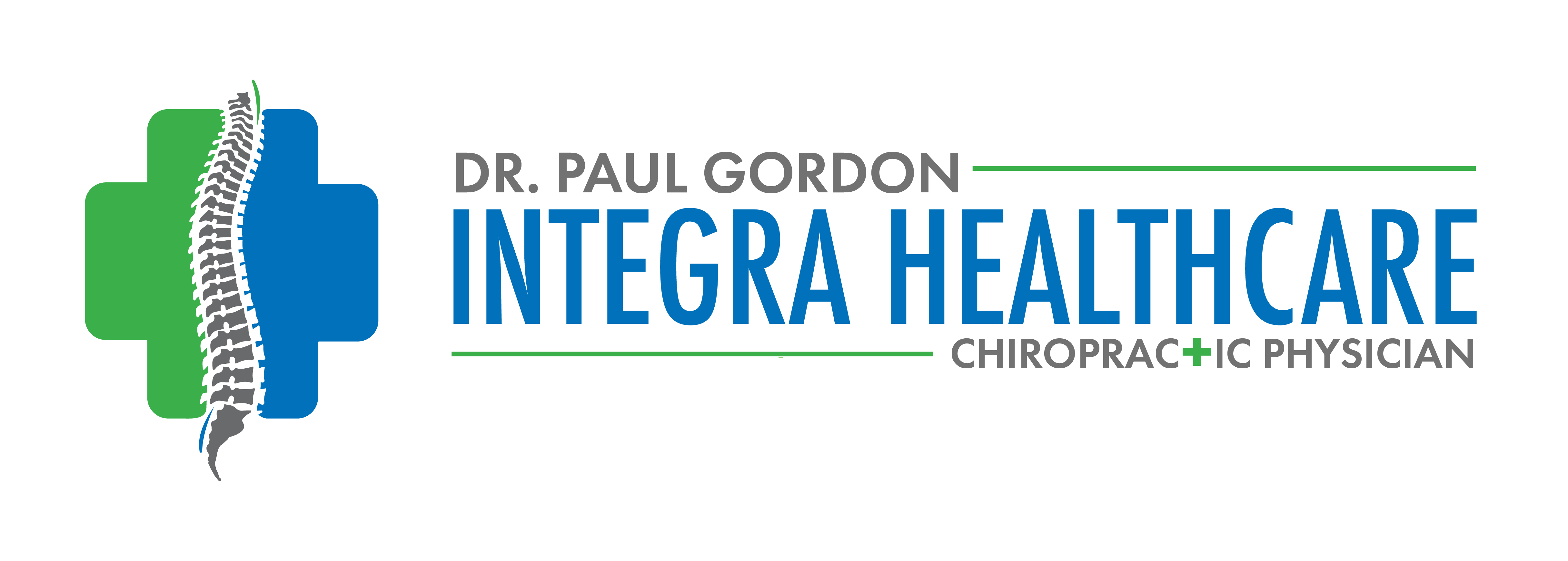Pre-Existing Injuries Do Not Have to Ruin Your Client’s Claim
Most doctors may cringe and become very uneasy when they are presented with a personal injury patient with pre-existing injuries. These pre-existing or prior injuries may stem from an old automobile accident, from degenerative issues such as arthritis or disc degeneration, from health conditions such as heart ailments or prior unrelated surgeries, or from unrelated mental issues. Doctors know that a plaintif with pre-existing injuries will typically face opposition and criticism from the defendant’s insurance company. Thanks to national insurance databases, insurance companies always know about every prior insurance claim of a claimant. How a doctor deals with these pre-existing injuries is key to your client’s claim. It is never a good idea to hide or down play such injuries. From the perspective of a treating doctor, you would never want to get called as a witness in court and have a defense attorney bring to light all of your client’s pre-existing injuries for the f rst time. Not only does the treating doctor look incompetent, but the client also is portrayed in a negative light by the defense. It’s a no-win situation for the plaintif , his lawyer or his doctor. A doctor who is trained in and has past experiences in treating patients with pre-existing injuries will understand how to translate pre-existing injuries into a positive factor in your client’s current accident claim. Even though your client cannot collect monetary compensation for injuries that were pre-existing, he is entitled to compensatory damages for pre-existing injuries that were aggravated by the current accident. When treating patients with pre-existing injuries, it is important for the treating doctor to properly identify and document these injuries from the very beginning of treatment. During the initial consultation and evaluation, the treating doctor must explain to the patient how important it is to disclose any pre-existing injuries. It is the doctor’s job to make the patient understand the positives and pitfalls of such disclosures. T e f rst way to tackle the potential problems with pre-existing injuries is to recognize the egg shell, brittle, or sof shell plaintif rule. Simply, the defendant’s insurance company must take the patient as they f nd him — in the condition he was at the time of the accident. T is concept basically explains that patients with pre-existing conditions are much more susceptible to permanent injury when a traumatic incident occurs than with patients who do not have pre-existing injuries. A pre- Vol 1 No 3 Attorney at Law Magazine® New Orleans | 7 existing injury generally causes the patient to be in a weakened state, causing him to be more susceptible to injury and thus causing aggravation to the pre-existing injury. Once the patient understands that any pre-existing injuries will help to explain the amount of pain and the type of injuries he is suf ering, then he will more than likely give his doctor a better and more precise history of injuries.. A second way to tackle problems with pre-existing injuries is for the patient to understand that his treating doctor can objectively compare the previous medical records with the current medical records on a particular injury to verify how the accident worsened the pre-existing injuries. For example, a patient may present with a pre-existing injury to his lower back and his previous medical records may show that when he last had treatment for his back pain (prior to the current accident), his pain level was consistently a three out of 10 in severity, whereas now (post-accident), his back pain is a constant seven or eight out of 10. In that case, the patient’s pain level more than doubled as a result of the current accident. By comparing the old medical records with the current medical records, the treating doctor is able to identify the changes that the patient experienced in the time period from the pre-existing injuries to the current injuries. By identifying the changes, the doctor can also apportion disability or injuries to the extent that it was caused by the new accident. In some instances, a patient may even state that he experienced no symptoms from his previous injuries — that he only started experiencing problems af er the traumatic new accident. T is would mean that his previous injuries were asymptomatic and then became symptomatic post-accident. In such circumstances, a treating doctor should always note the pre-existing injuries as being asymptomatic prior to the accident. In some legal jurisdictions, asymptomatic injuries are treated as new injuries and the defendant’s insurance company is expected to pay 100 percent of all damages for that injury. In any situation that a doctor is presented with a patient who has pre-existing injuries, the doctor must be adept at identifying and documenting these previous injuries. He must also be able to ascertain, to the best of his ability, the extent to which the patient’s injuries were aggravated or worsened by the new traumatic incident. Documenting such changes will prevent the defendant’s insurance company from alleging that the accident did not cause new complications or worsen the previous condition.
Leave a reply
Leave a reply